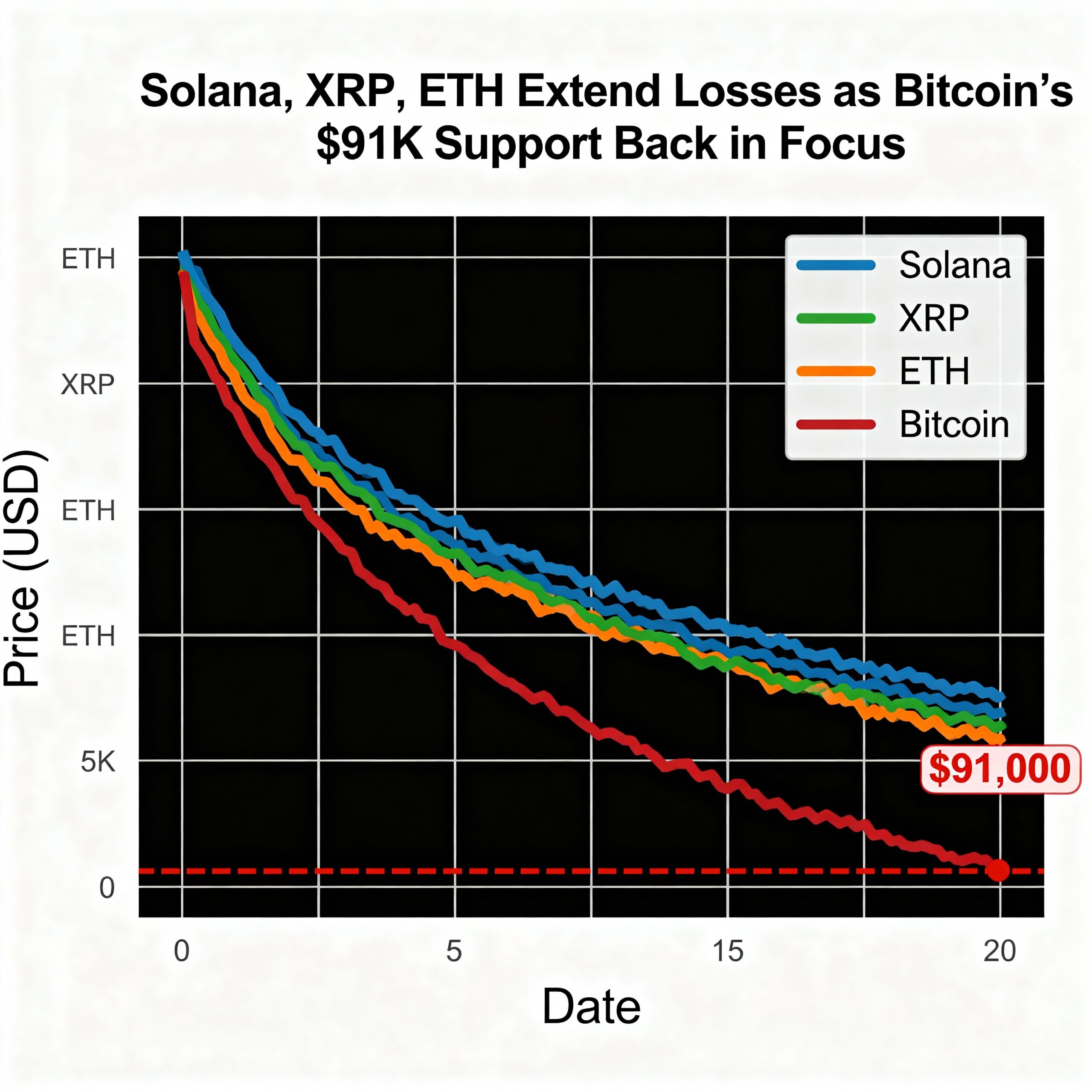A key contrary signal is emerging, offering new optimism for Bitcoin bulls hoping for a resurgence toward six-figure prices.
Bitcoin (BTC) recently dipped to $96,000 after the Federal Reserve’s actions, triggering a critical contrary indicator that has historically signaled the end of price pullbacks. On Wednesday, the Fed reduced its benchmark borrowing rate as anticipated but scaled back its 2025 rate cut projections from four to two. Additionally, the central bank made it clear that it does not plan to participate in any government initiatives to create a strategic Bitcoin reserve.
Following the Fed’s announcement, Bitcoin saw a drop of more than 8%, reaching lows near $96,000 at one point. As of writing, Bitcoin was trading at around $97,500, roughly 10% below its record high of $108,266 reached earlier this week, according to CoinDesk data.
This decline has caused the 50-hour simple moving average (SMA) to cross below the 200-hour SMA, creating a bearish crossover. While this pattern generally suggests further downside, it has not always been accurate during the current bull market.
Bitcoin has seen several pullbacks during its rally from $70,000 to above $100,000 post-U.S. elections, each marked by a bearish crossover between the 50- and 200-hour SMAs.
Despite this, the latest crossover is providing fresh hope for bulls expecting a recovery into six-figure prices. A potential bounce could face resistance near $106,000, where a descending trendline aligns with the price action. If Bitcoin surpasses this level, it could pave the way for new all-time highs.
However, it’s essential to recognize that patterns don’t always follow expectations, and this contrary indicator could fail, leading to deeper losses. A drop below the recent low of $96,000 would be a key signal to watch, potentially exposing a swing low near $91,000 from December 5.





